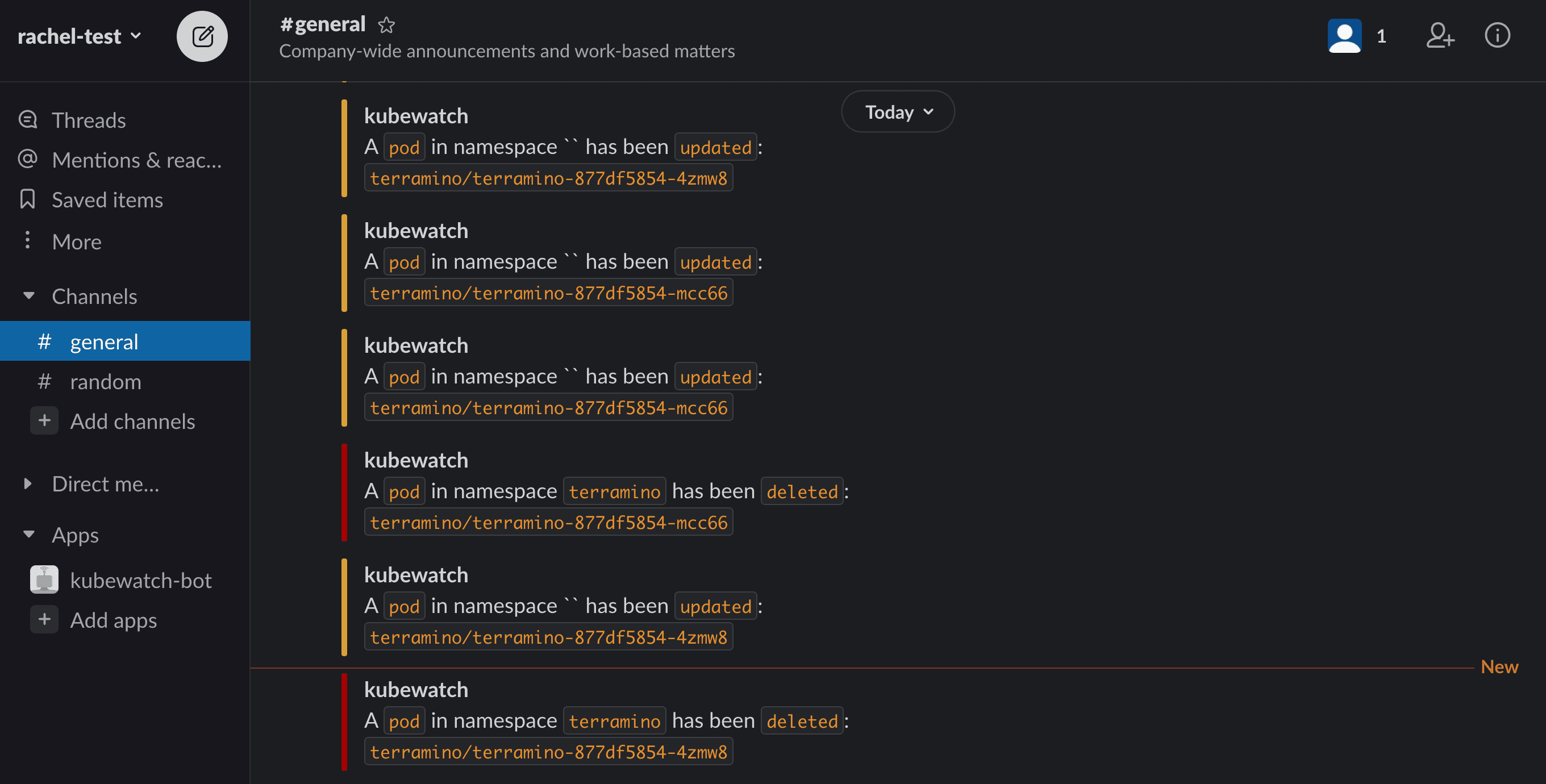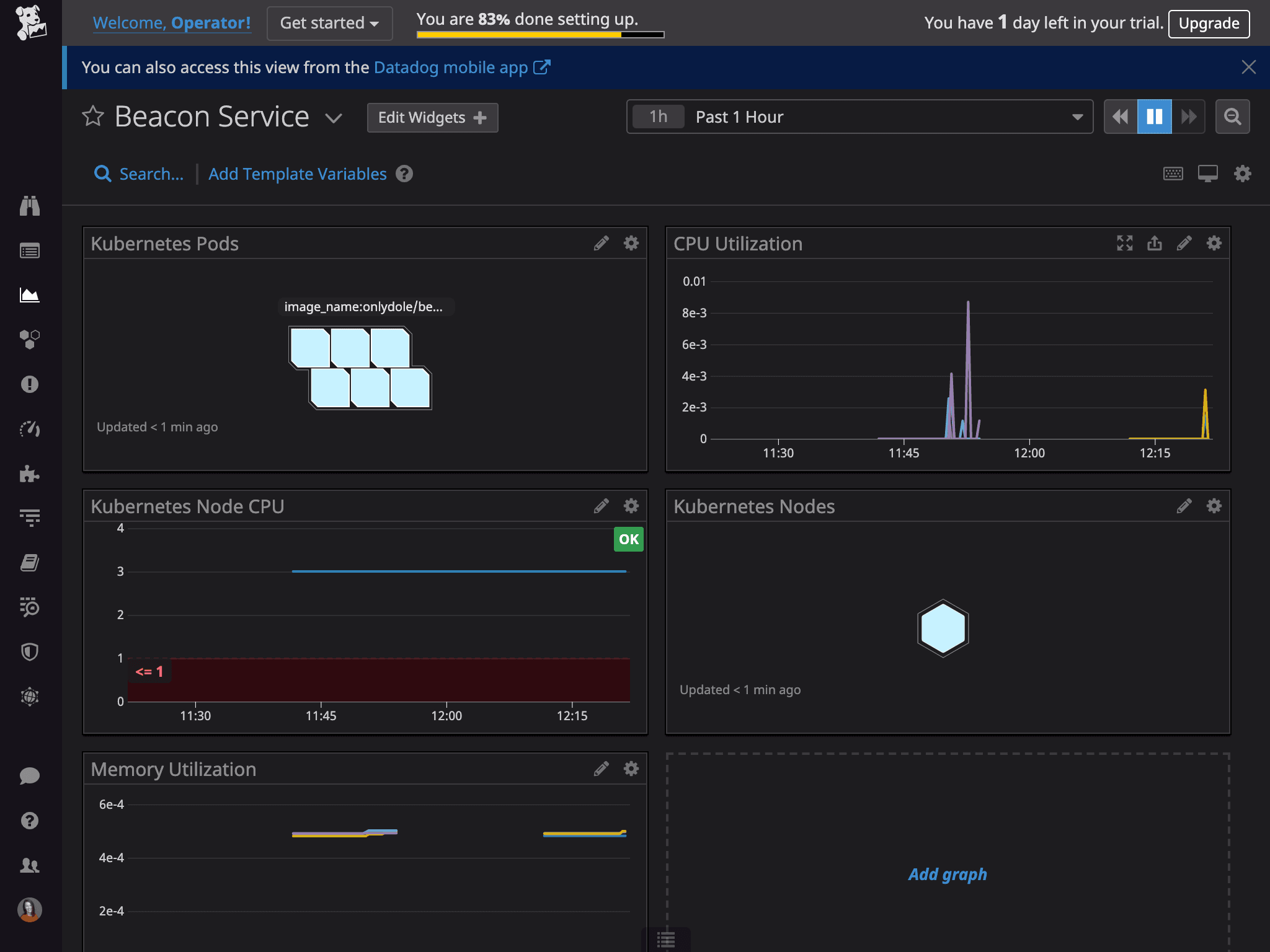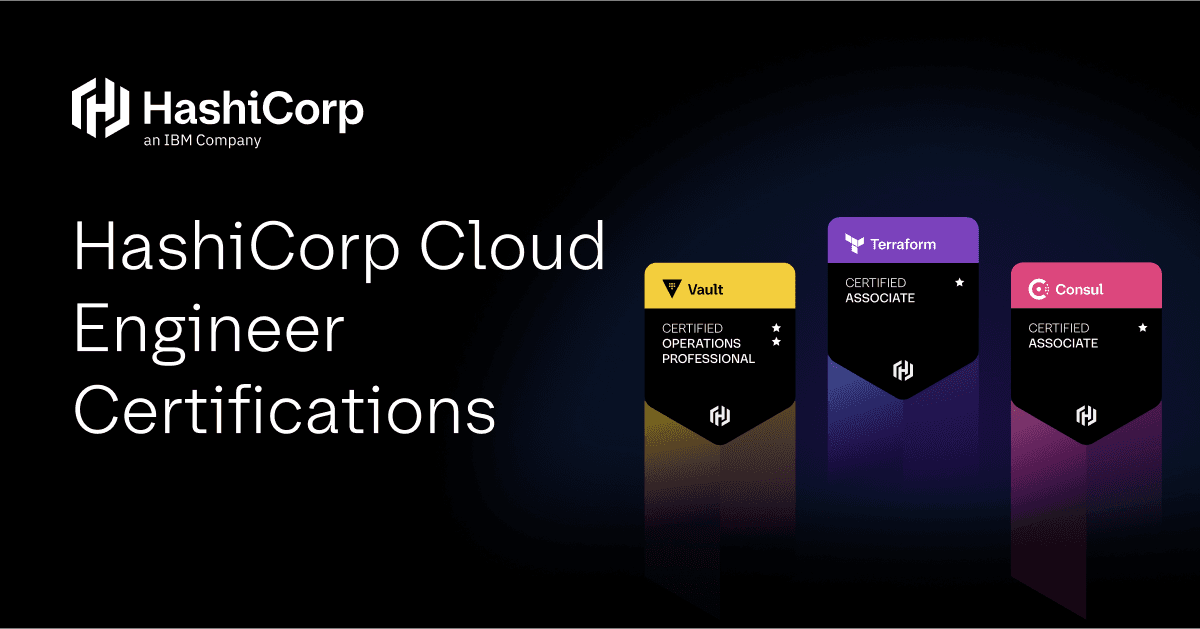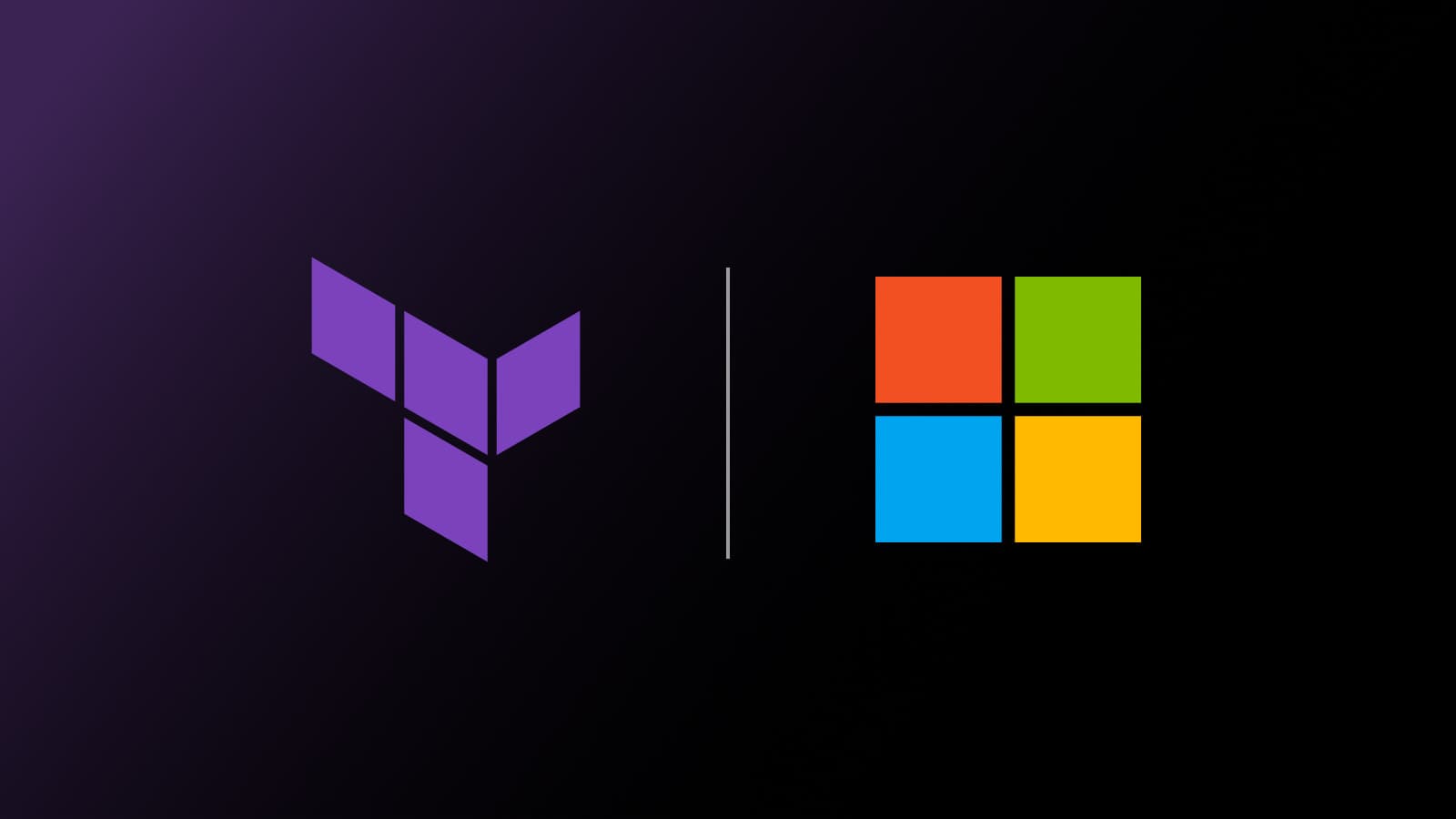New Terraform Tutorials: Getting Started with the Helm and Datadog Providers
Learn how to deploy applications to Kubernetes clusters and create Datadog monitoring resources using Terraform providers.
Managing applications and Kubernetes clusters in HashiCorp Terraform allows you to apply infrastructure-as code principles to your deployment workflow. By using Terraform to provision and customize clusters, you automate another step in your environment.
The HashiCorp Education team is excited to share two new tutorials to aid practitioners in deploying applications to Kubernetes clusters.
»Deploy with Helm Provider
In the Deploy Applications with the Helm Provider tutorial, you will create an AWS EKS (Elastic Kubernetes Service) cluster and use the Helm provider to deploy a cluster-monitoring chatbot to your Slack workspace.
This tutorial walks through the Helm deployment process and details how to authenticate your Helm provider to your EKS cluster in your Terraform configuration. You will also create values files to customize your application and deploy custom Helm charts to your cluster with your existing Terraform workflow.

»Automate Monitoring with Datadog Provider
For a more specific application of the Helm provider, the Automate Monitoring with the Datadog Terraform Provider tutorial uses the Datadog provider to create three monitoring resources. You will create monitors for a pre-generated Kubernetes cluster in the embedded Katacoda scenario.
First, you will configure the cluster endpoint with Helm. Next, you will create an endpoint monitor and a performance monitor for your cluster. Finally, you will create a dashboard with the Terraform provider to visualize your monitors in the Datadog Web UI.

These tutorials highlight the provisioning use case in Terraform. By completing either of these tutorials, you will learn how to apply infrastructure as code principles to your Helm deployment process and Datadog monitoring environment.
Sign up for the latest HashiCorp news
More blog posts like this one

Preventative beats reactive: Modern risk management for infrastructure vulnerabilities
Vulnerability scanning is a last line of defense. Your first line should be preventative risk management strategies that shift security left and narrow the window for exploits.

Ace your Terraform Professional exam: 5 tips from certified pros
Three HashiCorp Certified: Terraform Authoring & Ops pros share their advice for preparing for and completing the certification exam.

Unlocking the potential of Microsoft Fabric with Terraform
Streamline your data platform infrastructure with HashiCorp and Microsoft using the Terraform provider for Microsoft Fabric.